Description
Product Description
The Drunken Gnome Air Plant Supply Co.
We are a family owned and operated farm and nursery specializing in Tillandsia Air Plants.
We pride ourselves on selecting the finest Tillandsia available from our actual greenhouse here in the United States and carefully packaging and delivering them throughout the country for plant enthusiasts of all experience levels to enjoy!
The Drunken Gnome air plants are wrapped in bright colored tissue paper, with an easy care instruction guide and sealed with an official Drunken Gnome Sticker.
The Drunken Gnome Air plants are handpicked, packaged and delivered direct from our greenhouse to your house!
Add ons
We recommend using The Drunken Gnome Hydrate Mister Bottle and Air Plant Food & Fertilizer Set to easily care for your airplants and help them thrive!
Visit The Drunken Gnome amazon store to learn more about how to care for and display your air plants!
- 30+ varieties available!
- No soil needed!
- Air purifying!
- Perfect choice of indoor house plants!
- Makes a great gift!
Tillandsia General Information
Tillandsia, commonly known as Air Plants, are an adaptive and hardy plant species which require no soil and absorb all of their water and nutrients through their leaves.
Enthusiasts of all kinds love to attach air plants to all types of objects such as driftwood, hanging in an air plant holder, or placed in a glass orb terrarium. Indoor grown Tillandsias generally need to be watered about 1-3 times a week by spraying the plant and kept in indirect sunlight. Not only are they fun and easy to keep, air plants are also a great choice of air purifying plants. Whether they are kept in your home, garden, office, kitchen windowsill, terrarium, vivarium or enchanted fairy garden, these adorable little plants will naturally clean and filter the air around you while adding a little bit of nature to your indoor space.
Life Cycle
Tillandsia have a life cycle of one plant growing to maturity and blooming. Before, during or after blooming (depending on the species) your plant will start producing offsets (pups). Most plants will produce between 1 – 4+ pups. The pups will obtain nutrients from the mother plant as she ends her lifecycle. They can be separated once the pups grow to 1/3 or half the size of the mother plant.
Tillandsia Quick Tips
- Air plants love sunlight and will do best positioned near a window if indoors.
- Air plants grow great outdoors as long as temperatures don’t drop below 55°F.
- When soaking your air plants, soak upside down and keep the bottom above water if possible.
- Gently shake out your air plant to remove excess water and place upside down to fully dry.
- Ensure your air plant has good air circulation in the location you decide to keep them.
RootsTillandsia roots have one task, strictly for anchoring to any tree, rock surface, structure or host plant (even one another). The roots take in no nourishment from the host nor do they supply the Tillandsia with any nutrients. Tillandsia roots are used to secure a place for growth and position the plant to receive optimal light and water. Roots are not an integral part of an air plants life or health and the absence of roots is not a sign of poor health. Do not plant their roots in soil as it will cause the air plant to rot. For aesthetic purposes roots, may be removed from just below the base of the air plant using scissors. |
LeavesTillandsia rely solely on their leaves to absorb rain, draw in moisture and nutrients from the air and allow for photosynthesis to produce food for the plant. Leaf colors and textures vary from few to many, wide to thin, silvery, white, lime green, dark green to almost black. Leaves can be ridged, stiff, brittle, soft, flexible, succulent, smooth and curly. Some have microscopic, less pronounced trichomes (Mesic) while others have fuzzy, white, enlarged highly visible trichomes (Xeric). Leavessurrounding an inflorescence may “blush” or turn bright red, pink, orange, peach or yellow as blooming season arrives. In some Tillandsia (T. Brachycaulos, T. Fuego, T. Victoriana) the majority of the plant turns intense red/pink. The blush usually subsidies back to green after flowering. |
FlowerWhen it comes time to flower, from the center of the plant develops the inflorescence, the stem or spike reproductive portion of the tillandsia, from which the flowers emerge from the bract. Later if successfully pollinated a green seed pod will form from the base of the flower. The duration of the blooms varies among plants. Typically, the stem or inflorescence emerges with a colorful bract. Then the flowers bloom from the bract. The flowers expire, then some time after the inflorescence spike dries and browns and expires, as well. At this time if pollination has not occurred or the formation of a seed pod is not desired, the entire spike may be removed from between the leaves with a clean set of scissors. |
PupsAfter flowering, Tillandsia enter the next phase of life: producing seeds, pupping or both. Depending on variety, Tillandsia can form pups at the base of the plant, from the inflorescence or along the stem. After some time of facilitating seed formation and nourishing the process of pup development and growth, the parent plant will wither giving way to those pups to start the cycle again. With good care, the parent plants health does not typically decline until pups are mature enough for survival on their own. Some varieties of Tillandsia will form a clump with passing time of this continued cycle. They can remain as a clump or the pups may be separated individually once they become 1/3 or better of the mature size. |
Displaying your TillandsiaOne of the advantages of having air plants is their versatility. You can display your air plants on cork bark, in glass terrariums, alongside crystals, in table top pots, shell containers, suspended planters, wall mounts, wood mounts and so much more. Use fishing line, wire, glue, twine or yarn to affix your plants. Use pebbles, rocks, seashells or moss as decorative substrates. Some species of air plants will branch their pups, creating their own display. It is important to make sure your air plants can receive plenty of good air circulation and sunlight. With how versatile air plants are you can definitely let your creativity run wild! The design possibilities are infinite! |
Watering & FertilizationTo promote growth, color and blooms, we recommend fertilizing your Air Plants with our ready-to-use Air Plant Food 1-2 times per week during regular watering. As a general rule, a plant in a hot position will require watering every 2-3 days. In a darker, more humid environment, watering once per week can often be adequate. This can be achieved by misting or soaking the plant. If outdoors, a hose can be used. When soaking a plant, leave submerged in a bowl of water for 10-20 minutes before shaking off excess water (do not submerge flowers). Air plants need to dry out completely between each watering and must never have water sitting at their base as this will cause the plant to rot. |
Gift Options for All OccasionsWhether you are crafting a personalized gift or providing the medium for someone else to get creative with, air plants are an excellent gift choice for so many different occasions! Air plant gifts are ideal for Holidays, birthdays, housewarmings. Teachers, employees, co-workers and college students love them too! They are easy to care for and make a great gift for someone who loves plants but doesn’t have the best green thumb! We package our Tillandsia in beautiful bright colored tissue paper with a simple care guide and an adorable Drunken Gnome Sticker before sending them from our greenhouse to houses everywhere! They are sure to bring happiness to all of your favorite people! |
| Available Quantities | 1,2, 3, 5, 10, 50 | 1, 2, 3, 5, 10, 30, 50 | 1, 3, 5, 10 | 1 | 1, 3, 5 | 1 |
|---|---|---|---|---|---|---|
| Size Options | One Size | One Size | One Size | One Size | One Size | One Size |
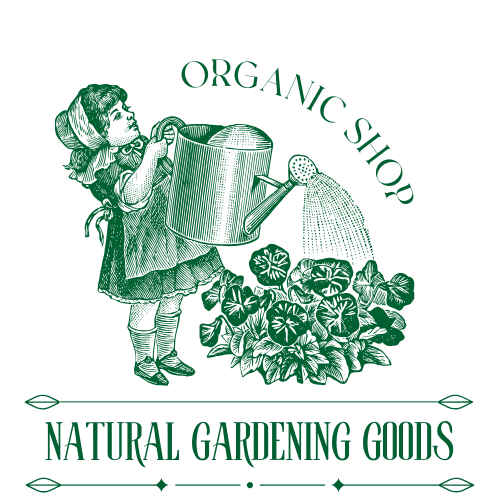

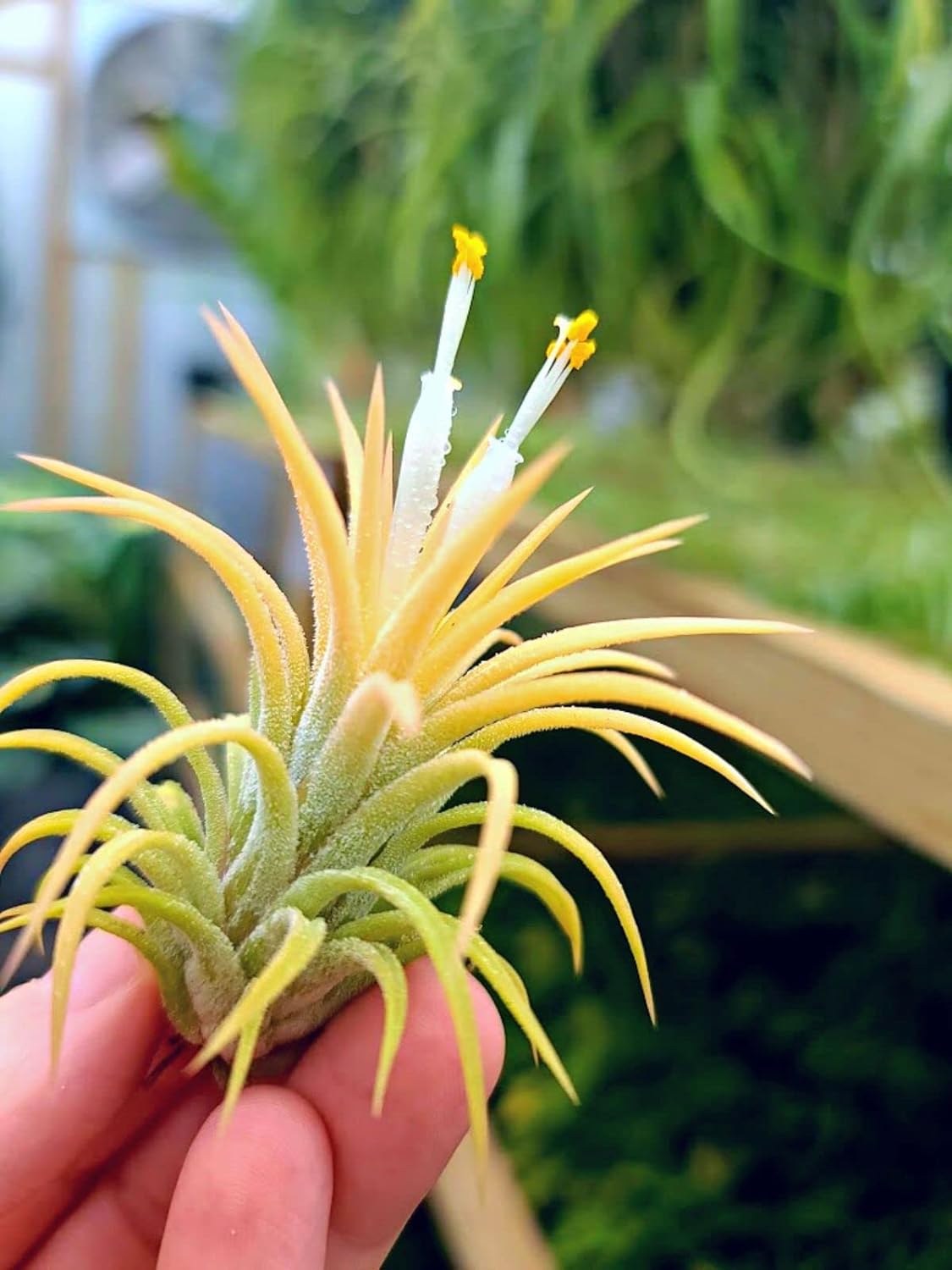
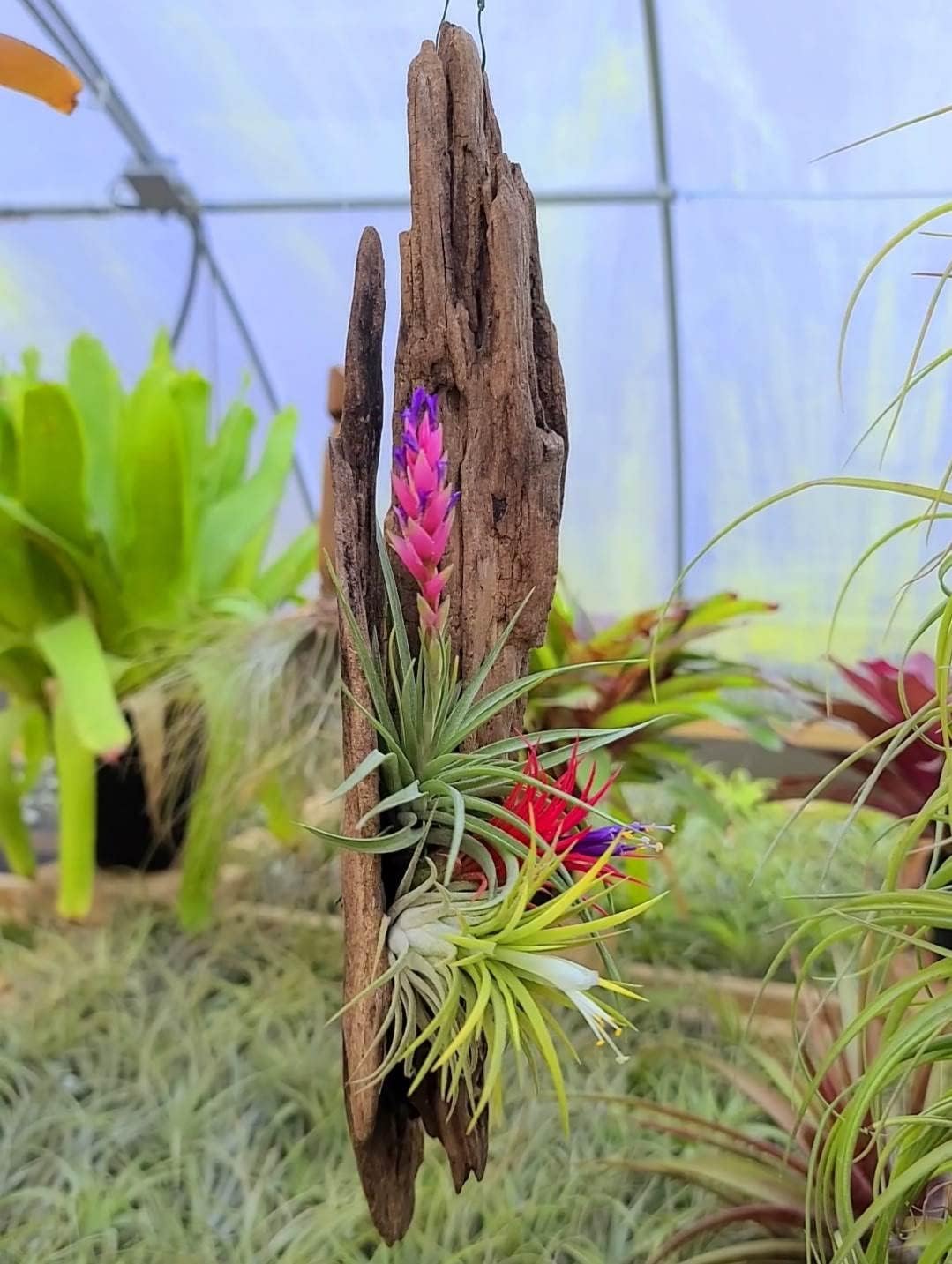
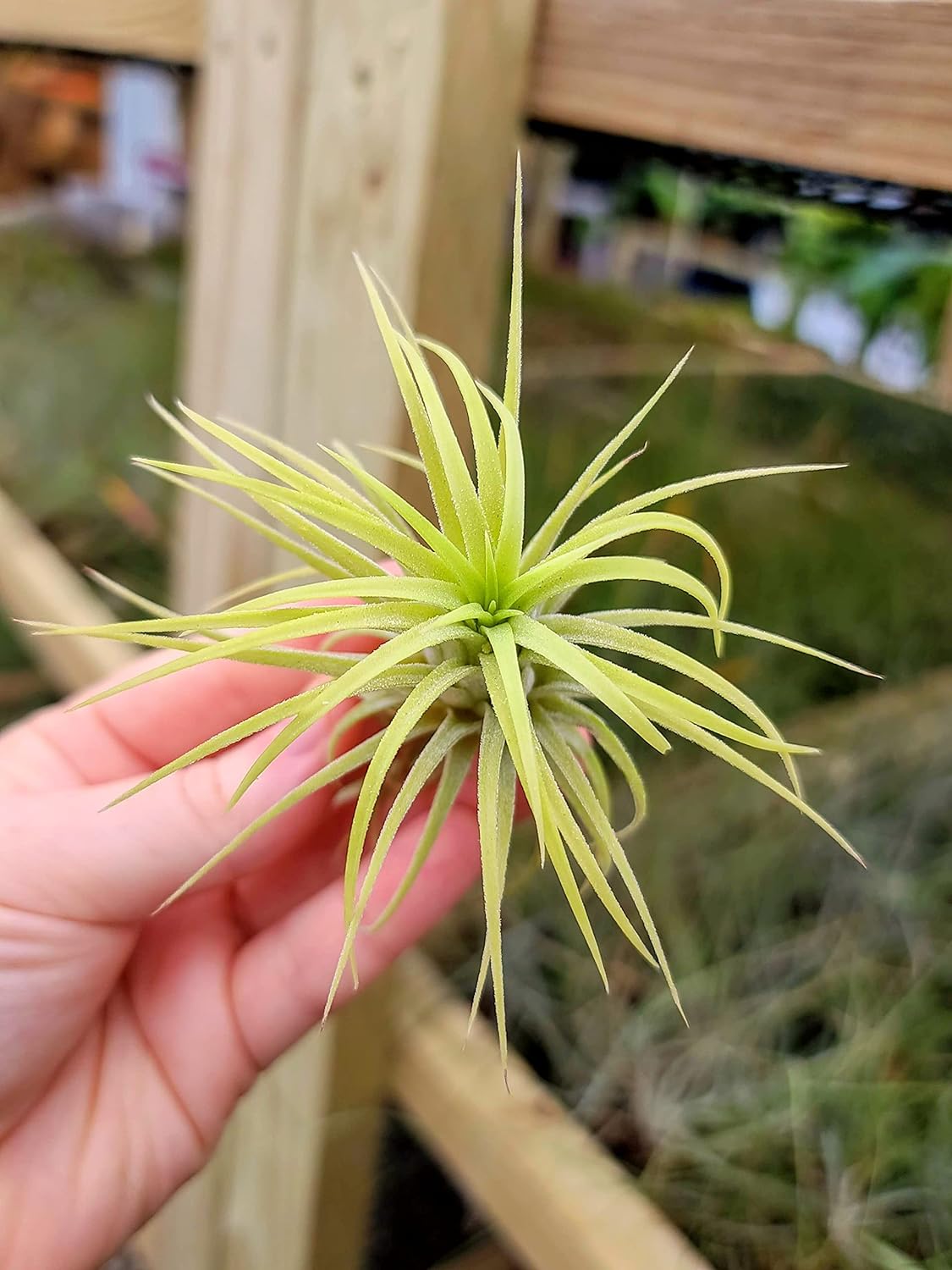
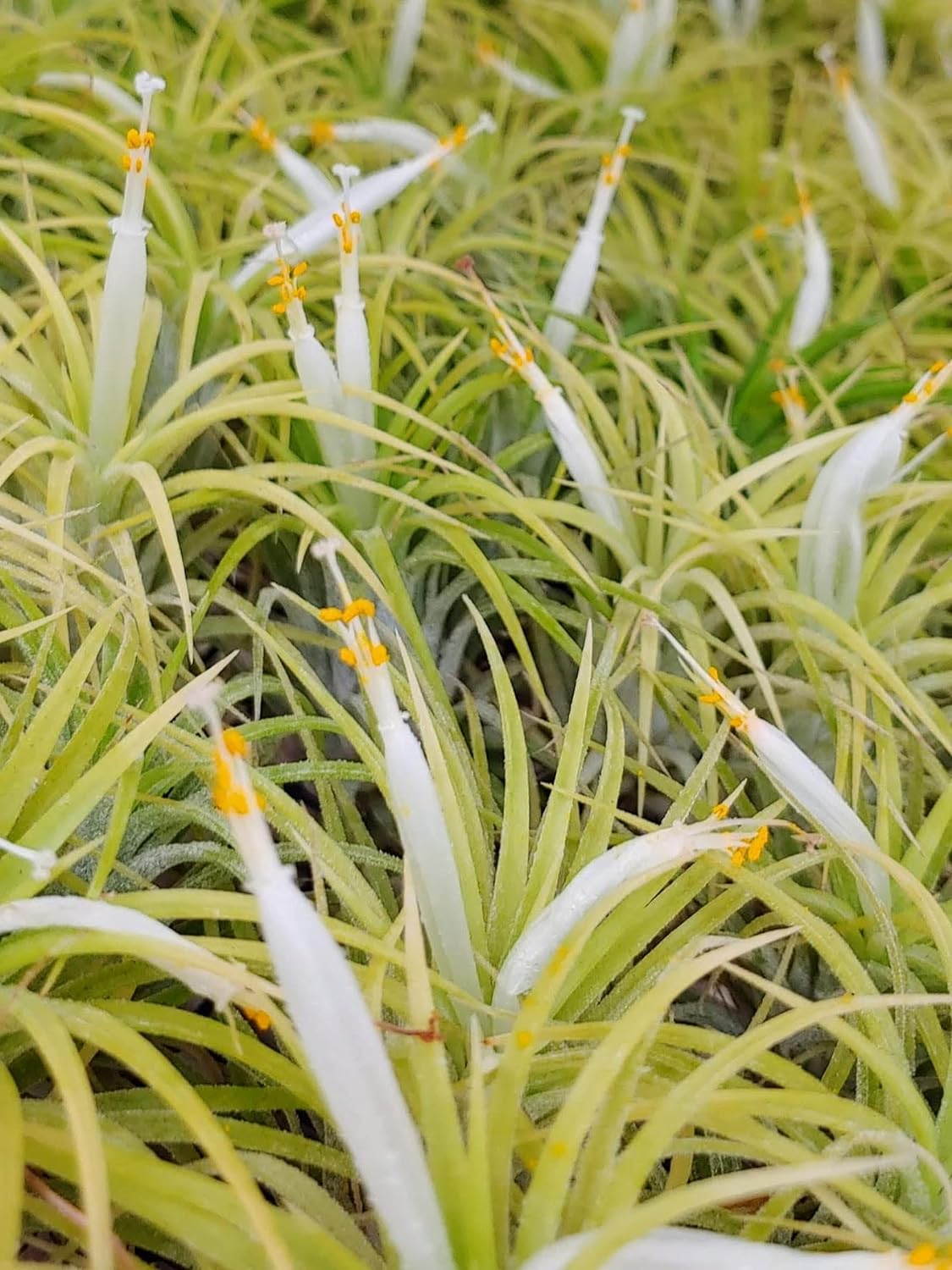
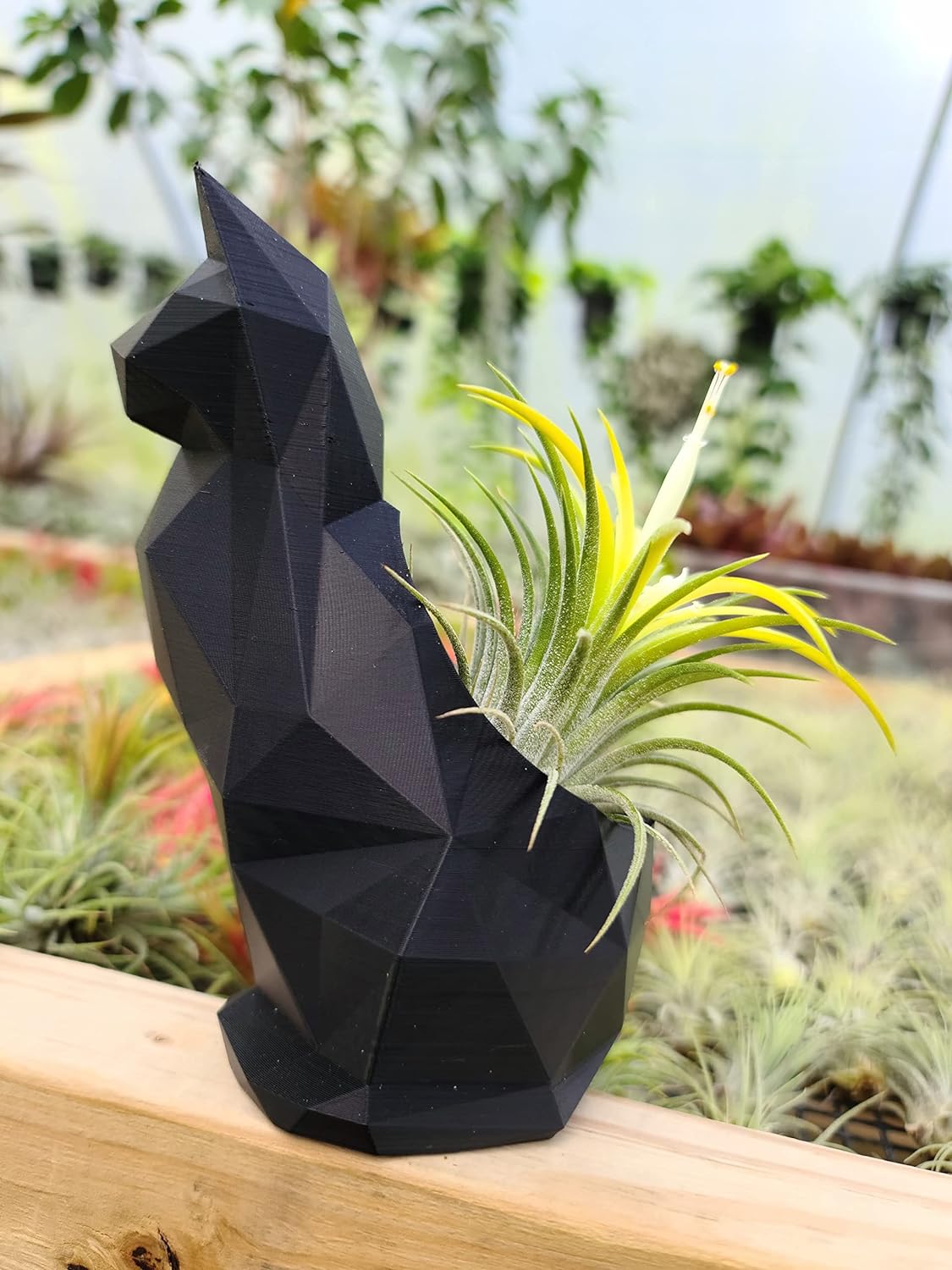
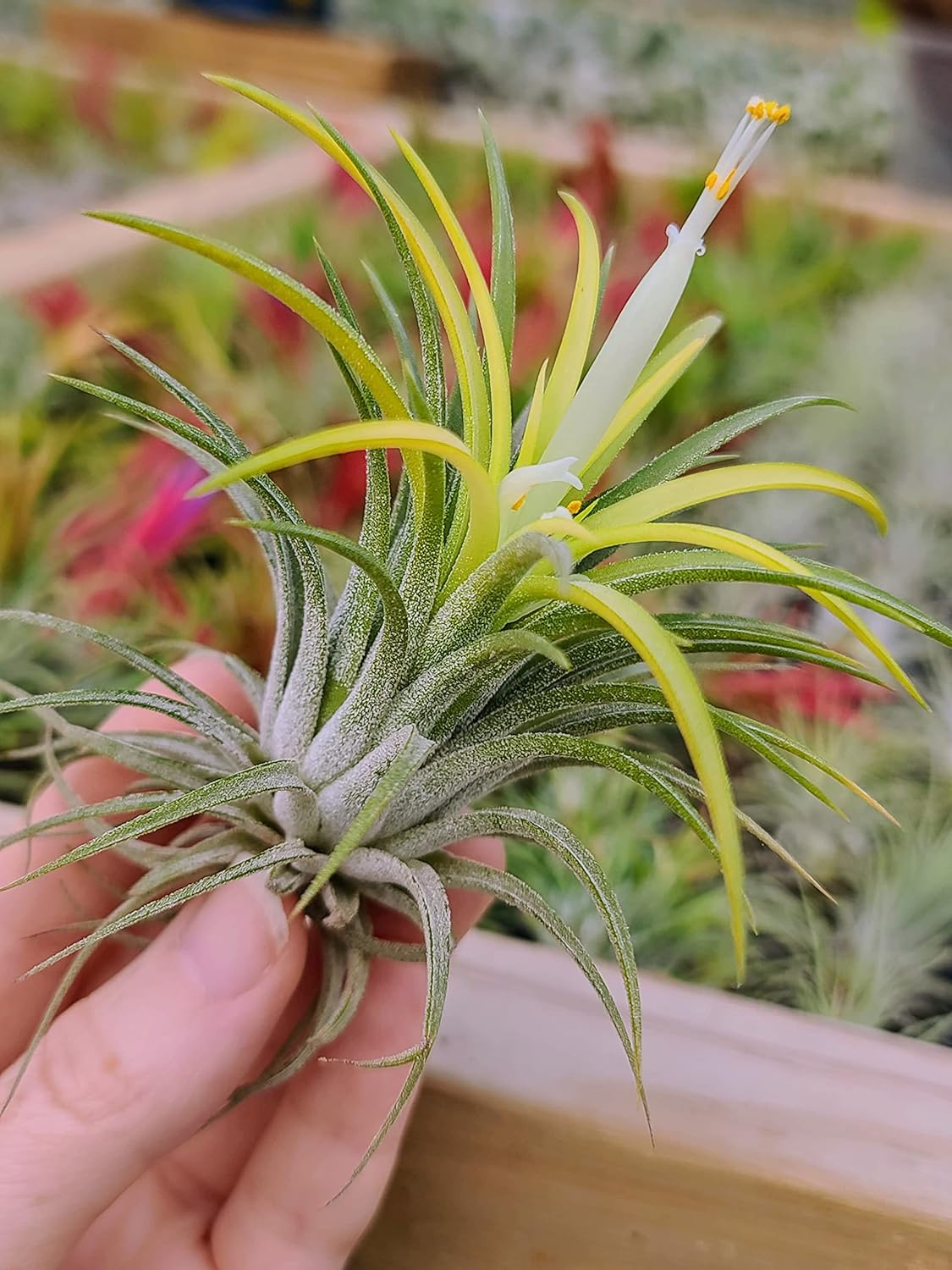
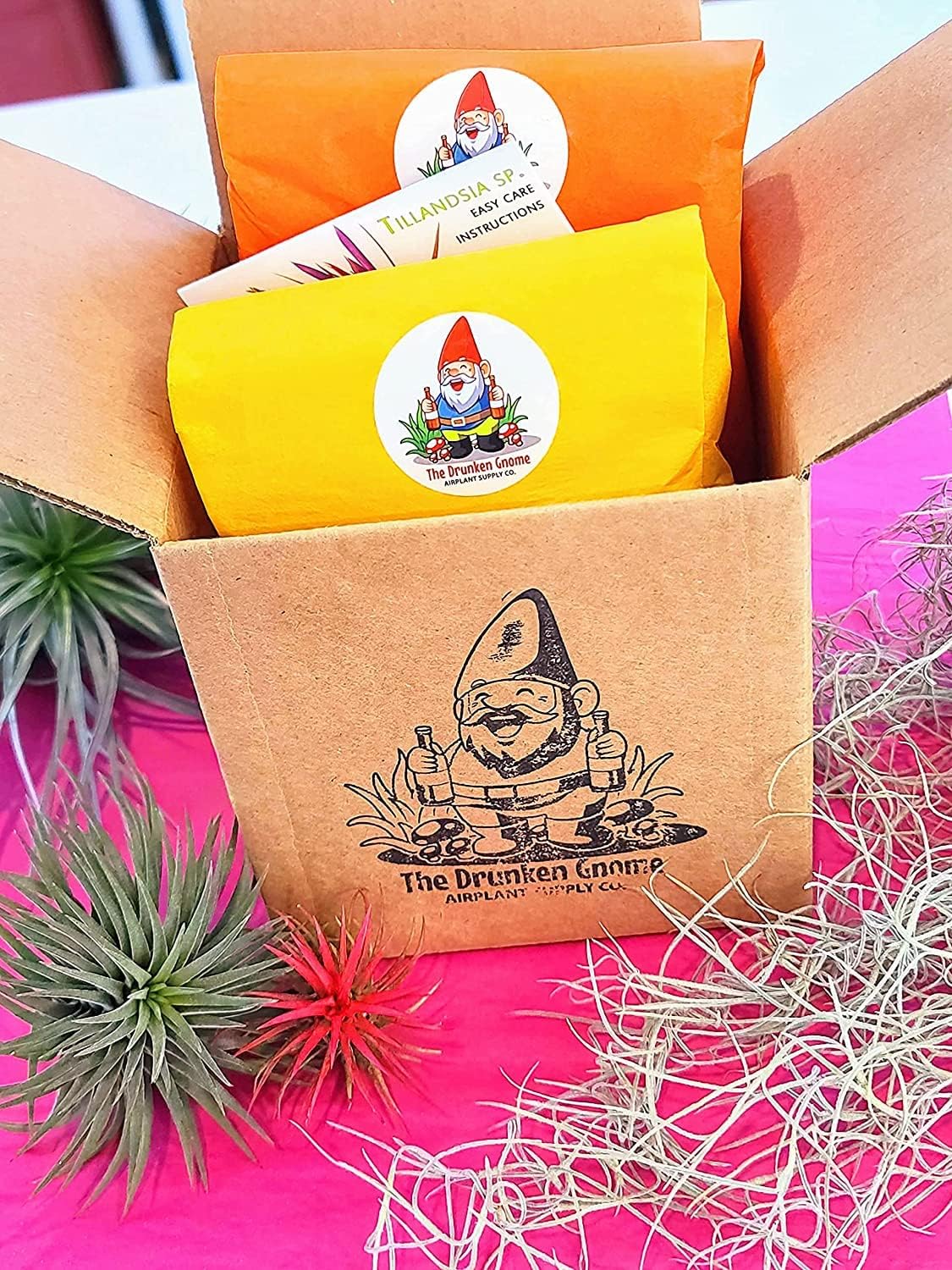
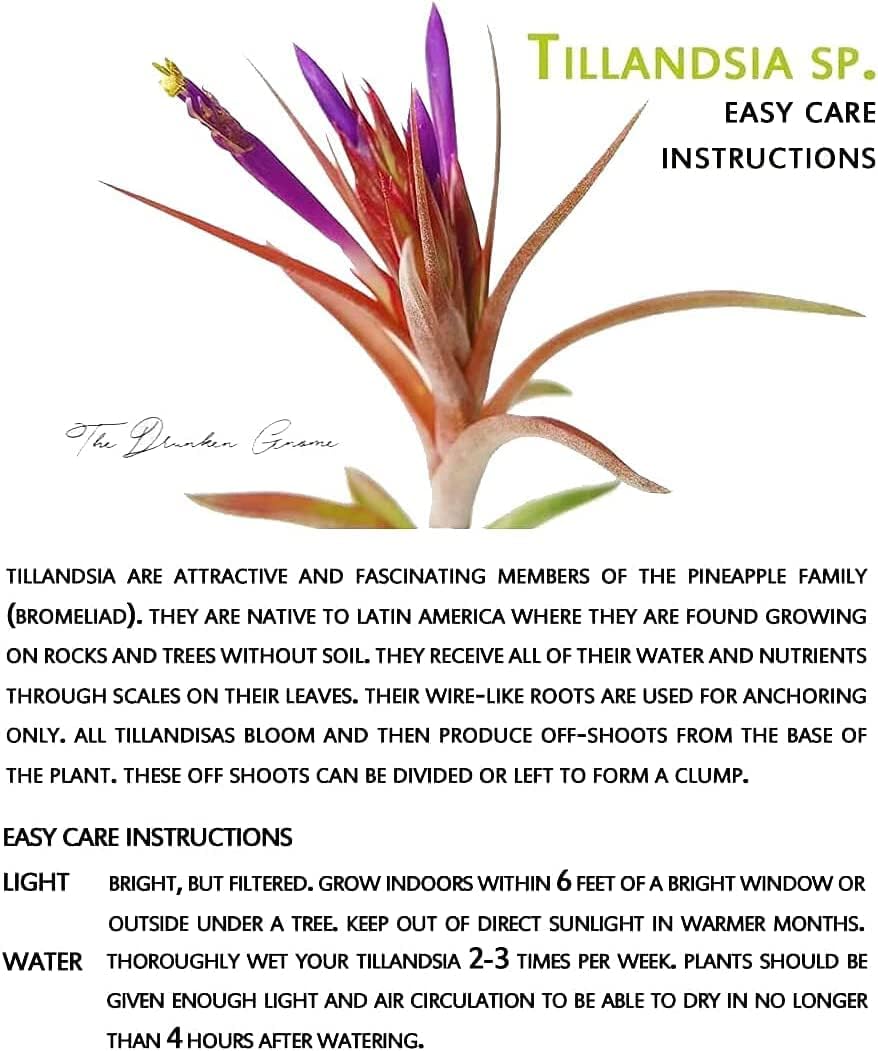

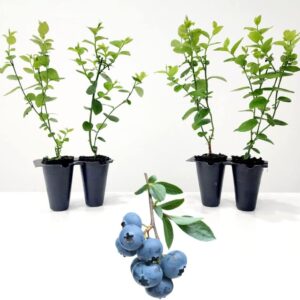
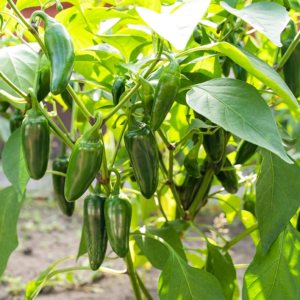
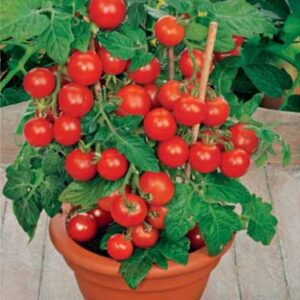
Reviews
There are no reviews yet.